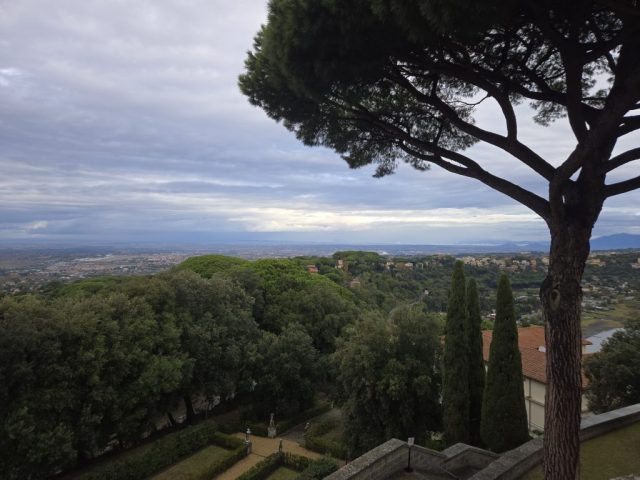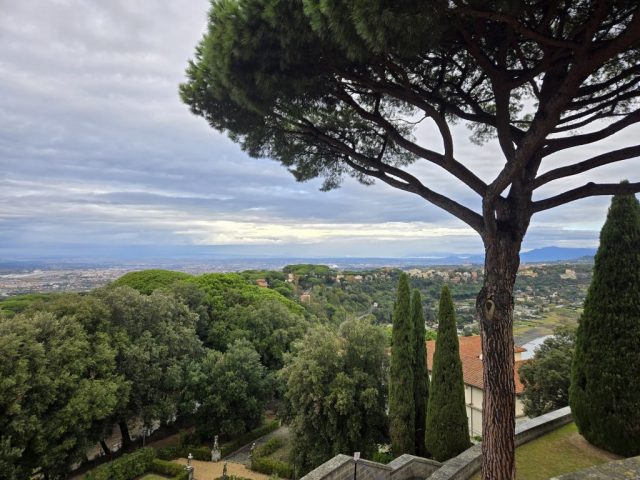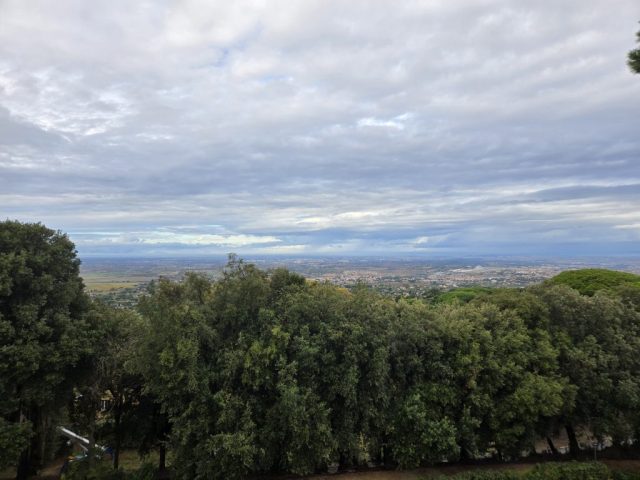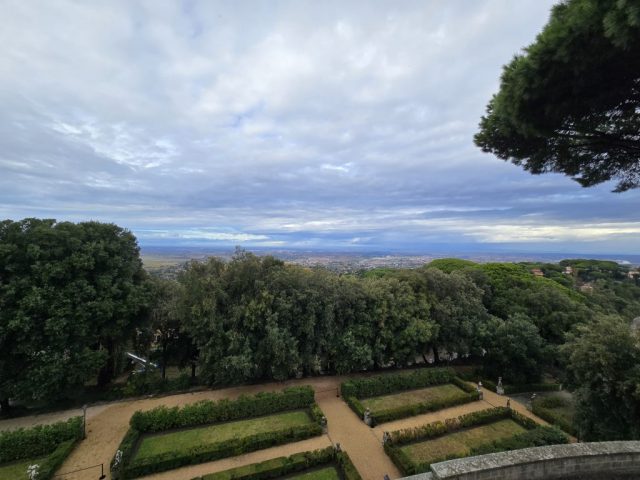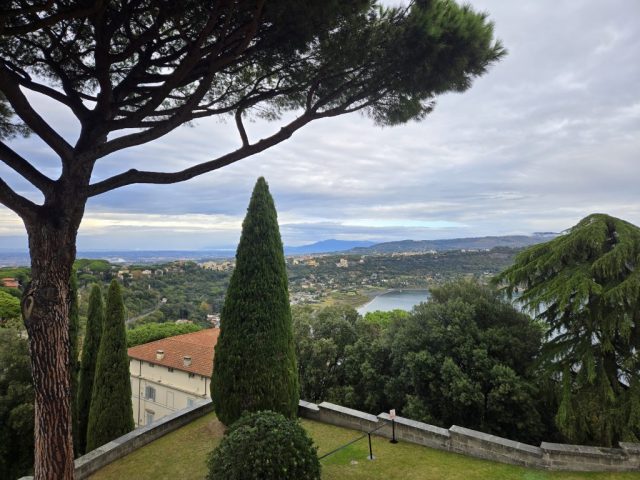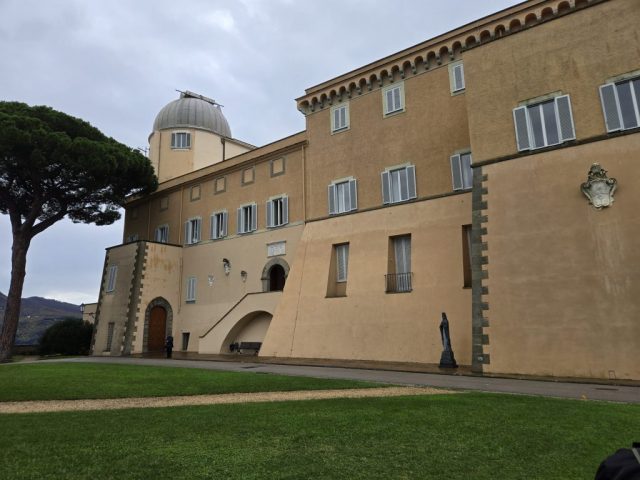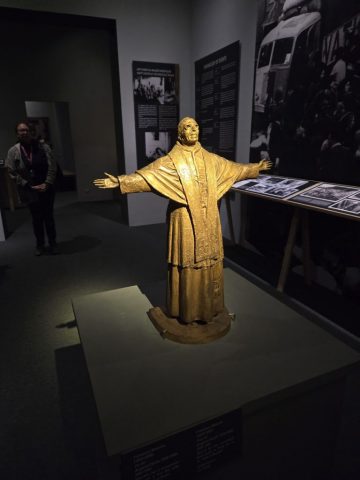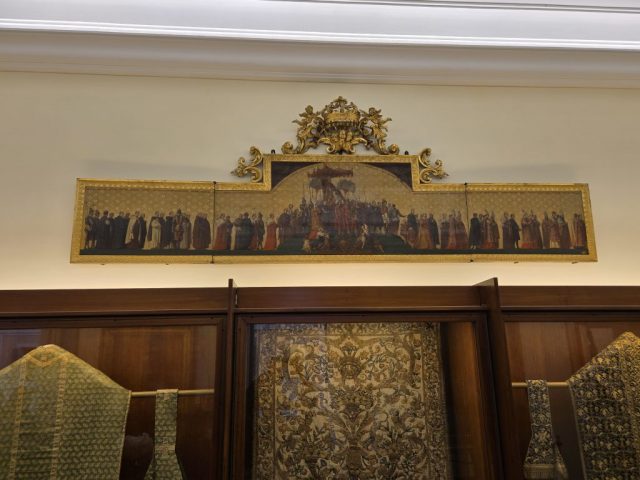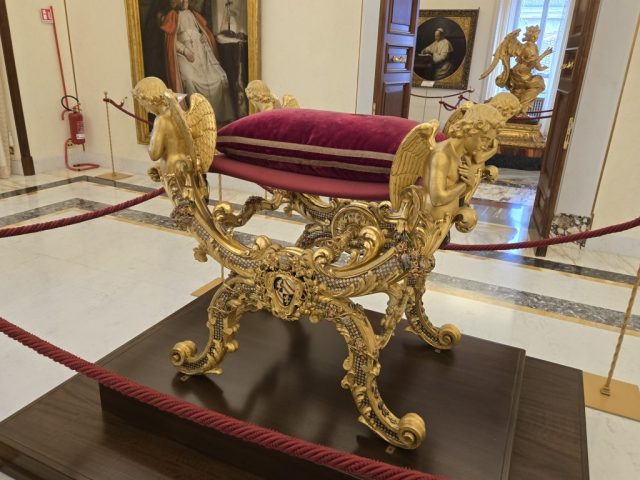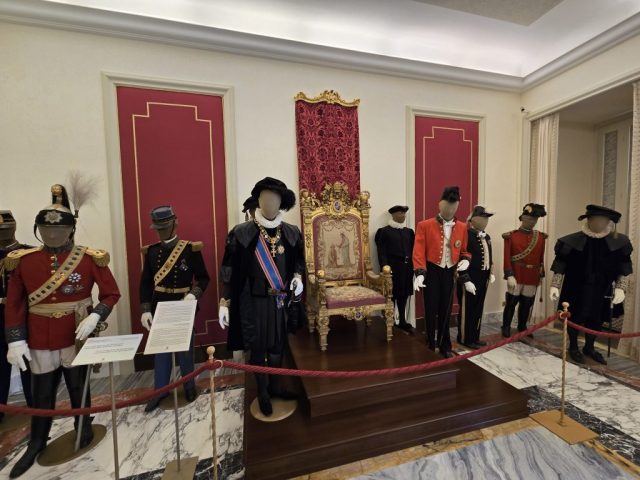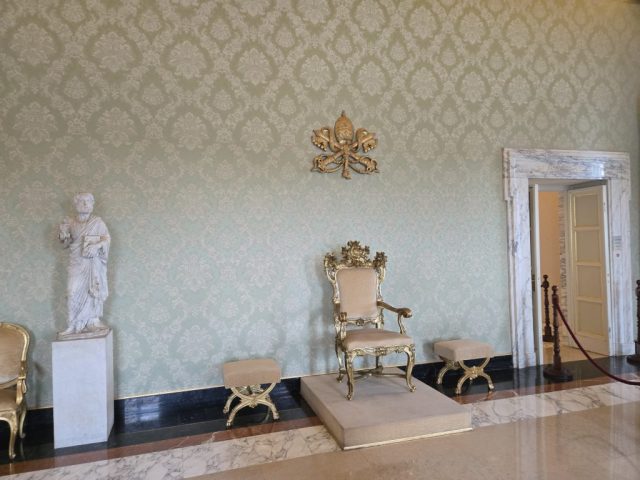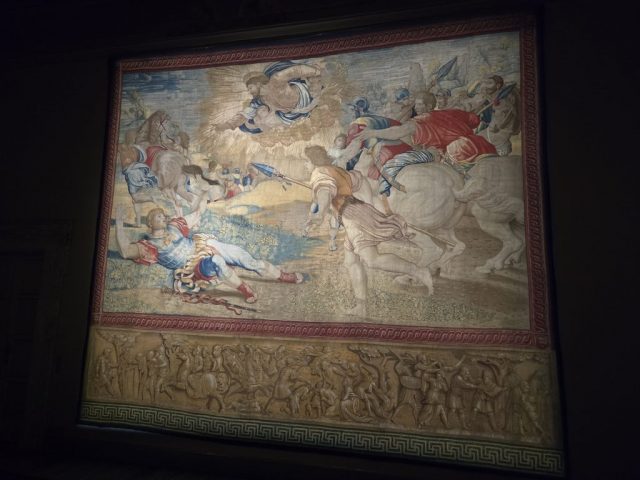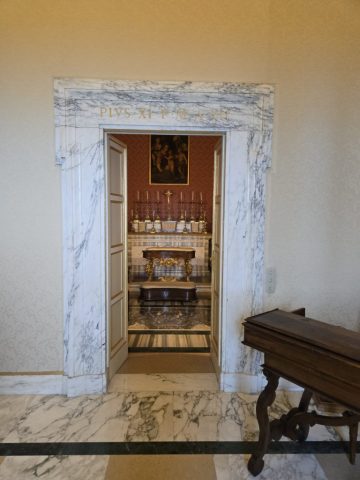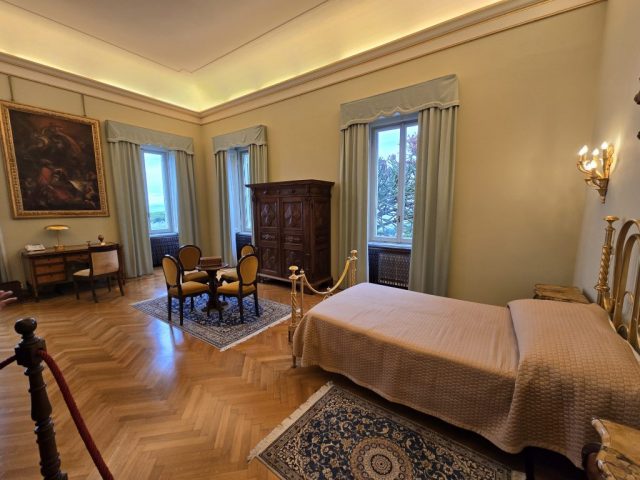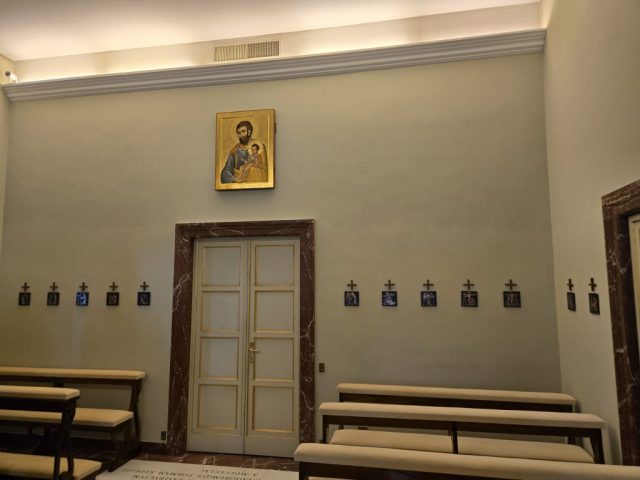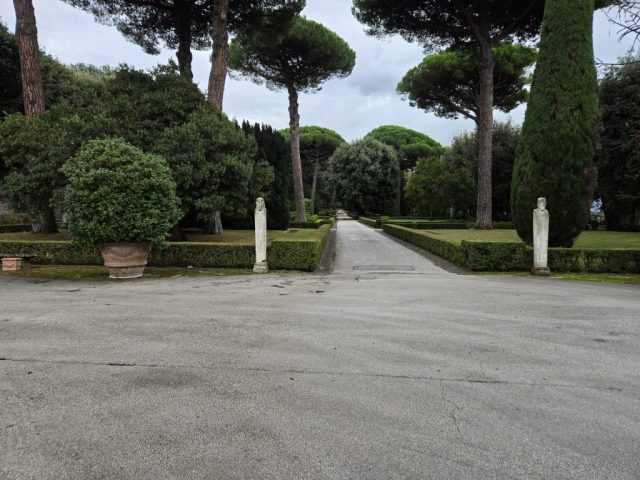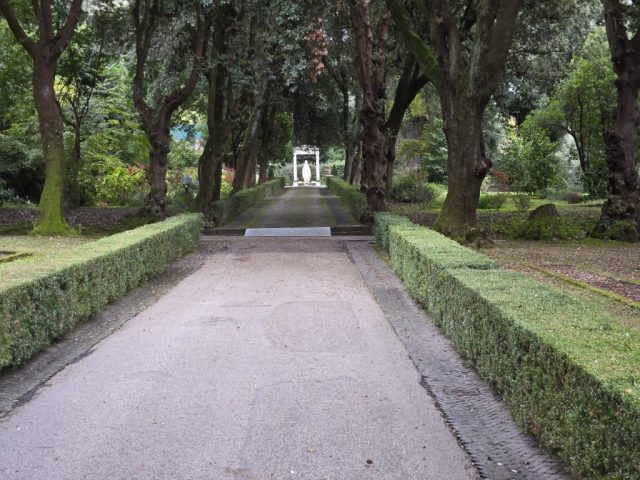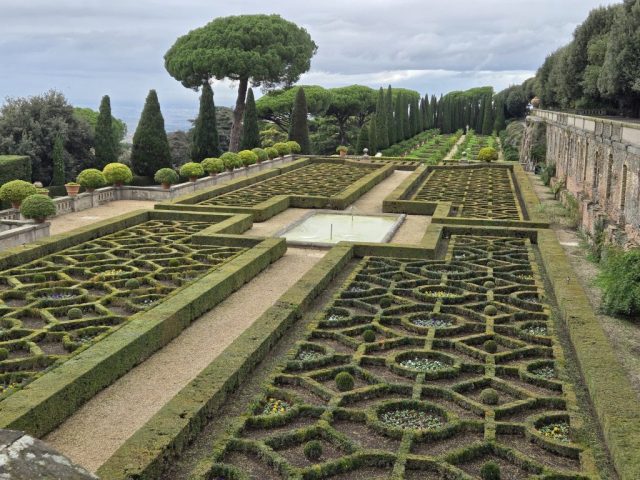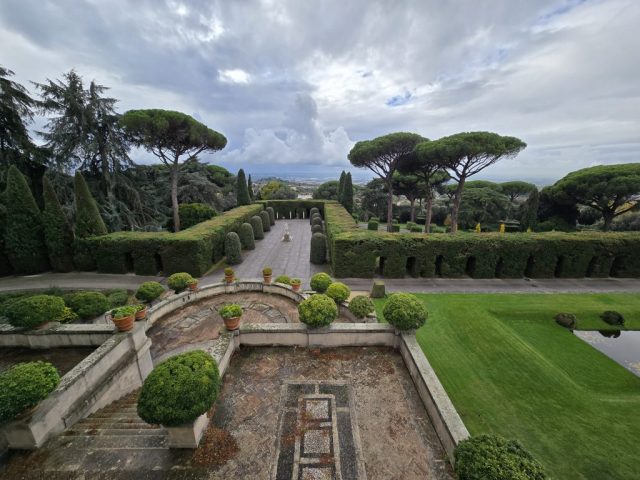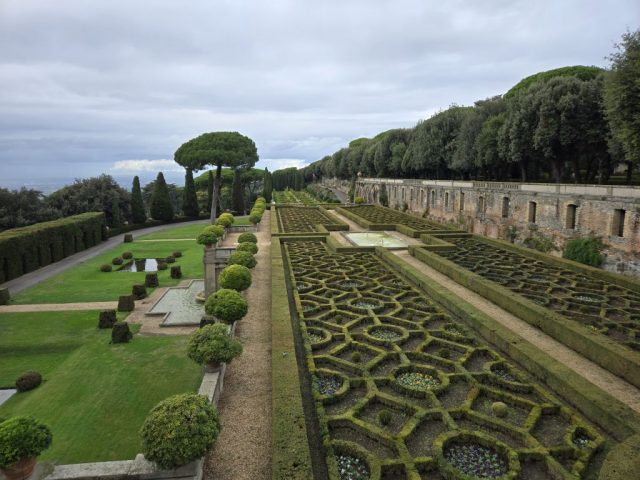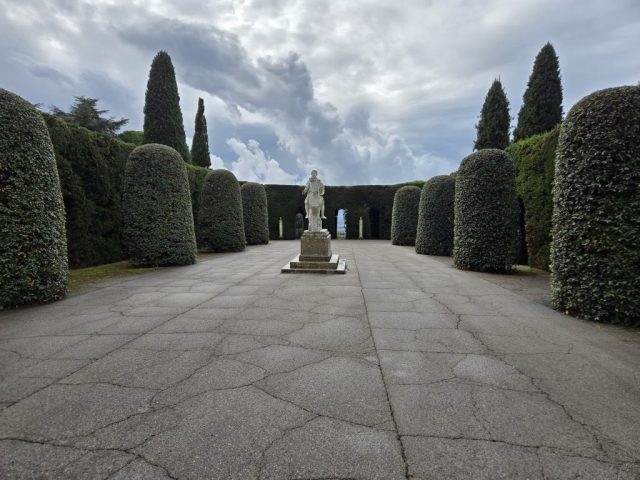Castel Gandolfo
|
Click on an image to open the photo-viewer |
On 5 Sept 2025, Pope Leo XIV opened and blessed Borgo Laudato Si’
INAUGURATION AND BLESSING OF THE BORGO LAUDATO SI’
HOMILY OF HIS HOLINESS POPE LEO XIV
Borgo Laudato si’ (Castel Gandolfo)
Friday, 5 September 2025
____________________________________
Dear brothers and sisters,
In the text of the Gospel of Matthew that we have just heard, Jesus addresses several teachings to his disciples. I would like to look at one of these, which seems particularly suited to this celebration. It says: “Look at the birds of the air … Consider the lilies of the field, how they grow” (Mt 6: 26, 28).
It is not rare for the Master of Nazareth to refer to nature in his teachings. Flora and fauna are often protagonists in his parables. But in this case, there is a clear invitation to observation and contemplation of creation, actions aimed at understanding the Creator’s original plan.
Everything has been wisely ordered from the beginning, so that all the creatures contribute to the realization of the Kingdom of God. Every creature has an important and specific role in his plan, and each one is “good”, as the Book of Genesis emphasizes (cf. Gen 1:1-29).
In the same Gospel passage, referring to the birds and the lilies, Jesus poses two questions to his disciples: “Are you not of more value than they?”, and then “If God so clothes the grass of the field … will he not much more clothe you?” (Mt 6:30).
Almost as if implicitly referring back to the account of Genesis, Jesus highlights the special place reserved, in the act of creation, to the human being: the most beautiful creature, made in the image and semblance of God. But this privilege comes with a great responsibility: that of caring for all the other creatures, in accordance with the Creator’s plan (cf. Gen 2:15).
Care for creation therefore represents a true vocation for every human being, a commitment to be fulfilled within creation itself, without ever forgetting that we are creatures among creatures, and not creators. For this reason, it is important, as my Predecessor wrote, to “recover a serene harmony with creation, reflecting on our lifestyle and our ideals, and contemplating the Creator who lives among us and surrounds us” (Encyclical Letter Laudato si’, 225).
The Borgo Laudato si’, which we inaugurate today, is one of the Church’s initiatives aimed at fulfilling this “vocation to be protectors of God’s handiwork” (Encyclical Letter Laudato si’, 217); a demanding but beautiful task, which constitutes a primary aspect of the Christian experience.
The Borgo Laudato si’ is a seed of hope, which Pope Francis left to us as a legacy, a “seed that promises to bear fruits of justice and peace” (Message for the Tenth World Day of Prayer for the care of creation). And it will do so by remaining faithful to its mandate of being a tangible model of thought, structure and action, able to promote ecological conversion through education and catechesis.
What we see today is a synthesis of extraordinary beauty, where spirituality, nature, history, art, work and technology intend to co-exist in harmony. And this is ultimately the idea of the “Borgo”, the “village”, a place of closeness and convivial proximity.
And all this cannot fail to speak to us of God.

